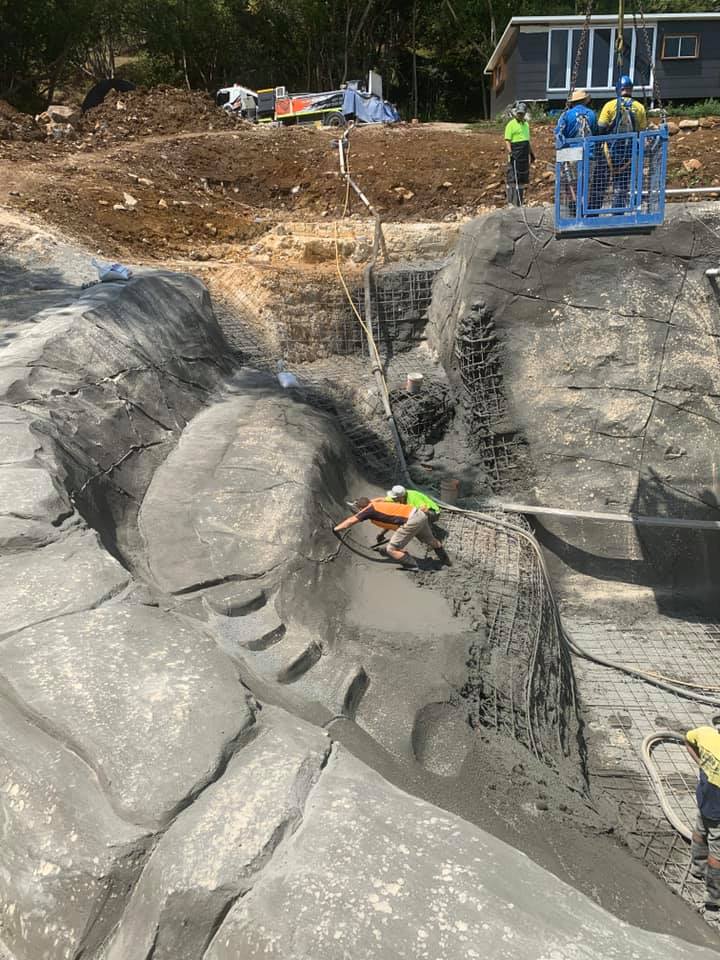Soil stabilisation is a crucial process in construction, landscaping, and environmental conservation. In Queensland, where the climate ranges from tropical to arid, sustainable soil stabilisation is essential to prevent erosion, improve soil strength, and support infrastructure projects. As environmental concerns grow, eco-friendly soil stabilisation methods are gaining popularity. These methods enhance soil performance while minimising environmental impact.
The Importance of Eco-Friendly Soil Stabilisation
Traditional soil stabilisation often relies on chemical additives such as cement and lime, which can lead to high carbon emissions and soil degradation. Eco-friendly alternatives focus on reducing environmental harm while improving soil integrity for roads, retaining walls, and construction foundations. Sustainable soil stabilisation supports biodiversity, reduces pollution, and enhances the long-term viability of land development.
Top Eco-Friendly Soil Stabilisation Methods
1. Bio-Enzyme Soil Stabilisation
Bio-enzymes are organic compounds that enhance soil binding properties without toxic side effects. These enzymes interact with the soil’s clay particles, improving compaction and reducing permeability. This method is effective in road construction, reducing dust, and enhancing water retention, making it ideal for Queensland’s varied terrain.
2. Geotextiles and Natural Fibres
Geotextiles, made from biodegradable materials like jute, coconut coir, and hemp, reinforce soil while allowing water permeability. These natural fibres prevent soil erosion, support vegetation growth, and decompose naturally, reducing environmental impact. This method is commonly used for slope stabilisation and landscaping projects.
3. Organic and Biodegradable Binders
Alternatives to chemical stabilisers include organic binders such as lignin, fly ash, and biochar. These materials enhance soil cohesion, reduce water erosion, and improve durability. Biochar, for example, enhances soil structure and sequesters carbon, making it a sustainable choice for stabilising agricultural and construction sites.
4. Vegetative Stabilisation
Planting deep-rooted vegetation like vetiver grass, bamboo, and native shrubs strengthens soil naturally. The root systems create a living network that holds soil in place, reduces water runoff, and improves soil health. Vegetative stabilisation is widely used in Queensland for riverbanks, coastal areas, and land reclamation.
5. Permeable Pavements and Green Infrastructure
Permeable pavements, made from recycled materials such as crushed glass or permeable concrete, allow water infiltration while providing soil stability. Green infrastructure, such as rain gardens and bioswales, also enhances soil stability by managing water flow and preventing erosion.
6. Microbial Induced Calcite Precipitation (MICP)
This innovative method uses bacteria to produce calcite, which binds soil particles together. MICP is a sustainable alternative to chemical stabilisers, offering a natural way to improve soil strength and durability. It has been successfully applied in road construction and foundation reinforcement.
Benefits of Eco-Friendly Soil Stabilisation
· Reduces carbon footprint: Lowers reliance on cement-based stabilisers.
· Supports biodiversity: Encourages native vegetation growth.
· Minimises pollution: Reduces harmful chemical runoff into water bodies.
· Enhances soil longevity: Improves soil structure and resilience.
· Cost-effective solutions: Some natural stabilisers are more affordable than traditional methods.
Implementing Sustainable Soil Stabilisation in Queensland
Queensland’s unique climate and soil conditions require tailored approaches to stabilisation. Adopting eco-friendly methods in large-scale projects, such as roadworks, mining, and agriculture, can ensure long-term environmental and economic benefits. Government initiatives and private sector investments in green technology can further drive sustainable soil management.
Conclusion
Eco-friendly soil stabilisation is a vital step toward sustainable development in Queensland. By embracing natural binders, vegetation, and innovative microbial techniques, industries can reduce their ecological footprint while improving soil durability. As awareness grows, adopting these methods will help protect Queensland’s landscapes, ensuring stability and sustainability for future generations.





Comments